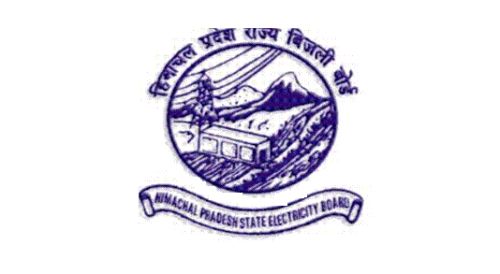Shimla: The size of Vasuki Lake in Kullu district and Sangla Lake in Kinnaur has increased due to climate change and melting glaciers, raising concerns about potential floods in the Parvati River of Manikaran Valley and the Baspa River in Kinnaur. However, a recent survey confirms that these lakes are currently stable, with no signs of leakage.
The findings were revealed in a survey report on glaciers and lakes, released by Chief Secretary Prabodh Saxena on Friday. The report, prepared by scientists and engineers from the Center for Development of Advanced Computing (C-DAC), analyzed the depth and expansion of these lakes along with the risk of landslides on strategically important roads.
Vasuki Lake, located at an altitude of 4,500 meters in Sosan, Kullu, has grown by 3.02 hectares between 2017 and 2024. Its area, which was 10.36 hectares in 2017, has now expanded to 13.38 hectares. The lake holds approximately 2.16 million cubic meters of water, with a maximum depth of 36.91 meters and an average depth of 14.48 meters. Similarly, Sangla Lake in Kinnaur, situated at 4,710 meters, has expanded by 0.87 hectares during the same period. Its size has increased from 13.4 hectares in 2017 to 14.29 hectares in 2024, containing around 1.52 million cubic meters of water.
The Parvati River has been classified as highly sensitive to floods. The report warns that if Sangla Lake bursts, it could severely impact the JSW Baspa Hydel Project and pose risks to life and property in the Sangla region.
To mitigate risks, the survey recommends annual field assessments, the establishment of early warning systems, and continuous monitoring of water flow in both lakes. With climate change accelerating glacial melt, experts stress the need for long-term strategies to safeguard vulnerable river basins and infrastructure from potential disasters.





